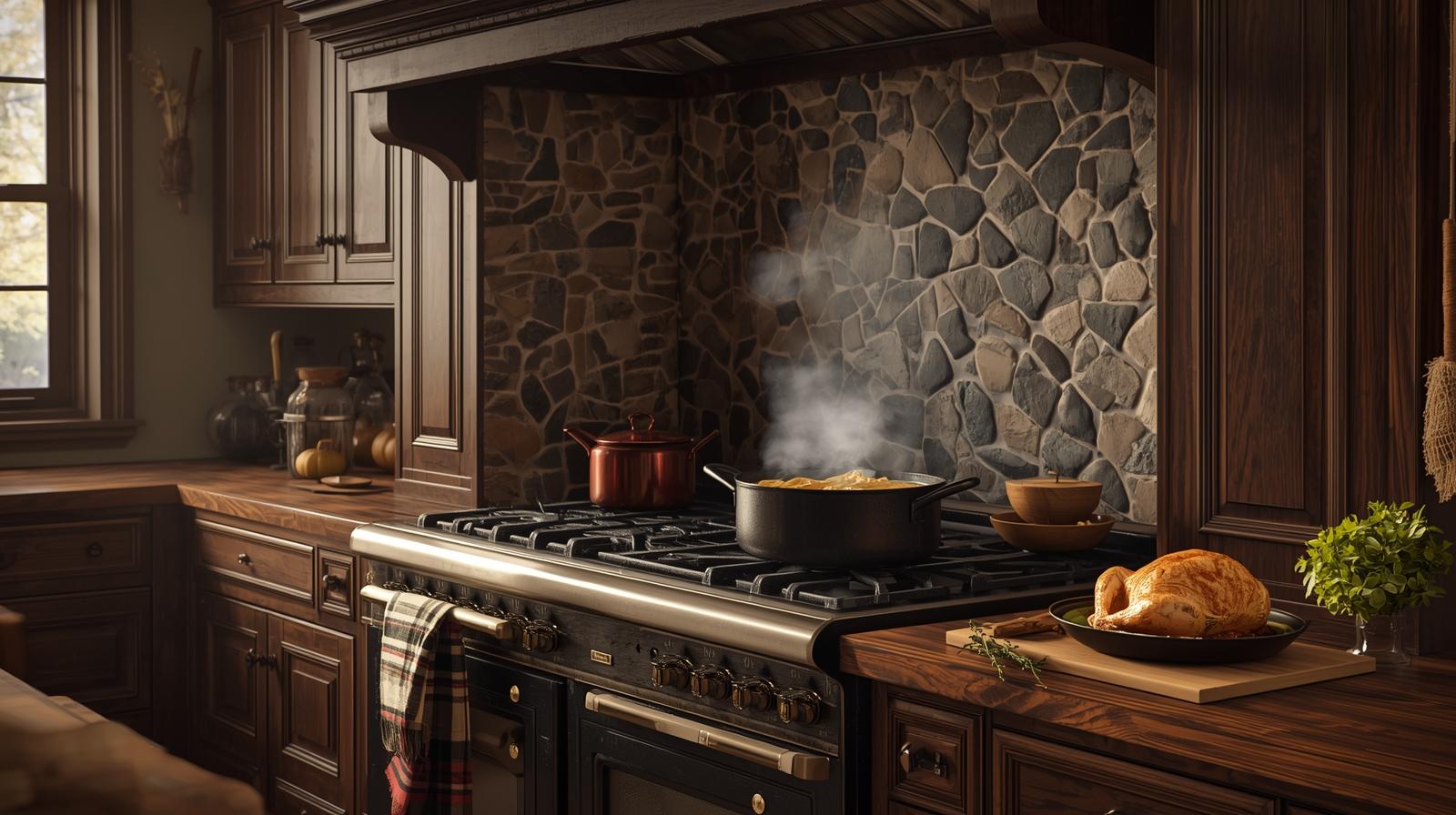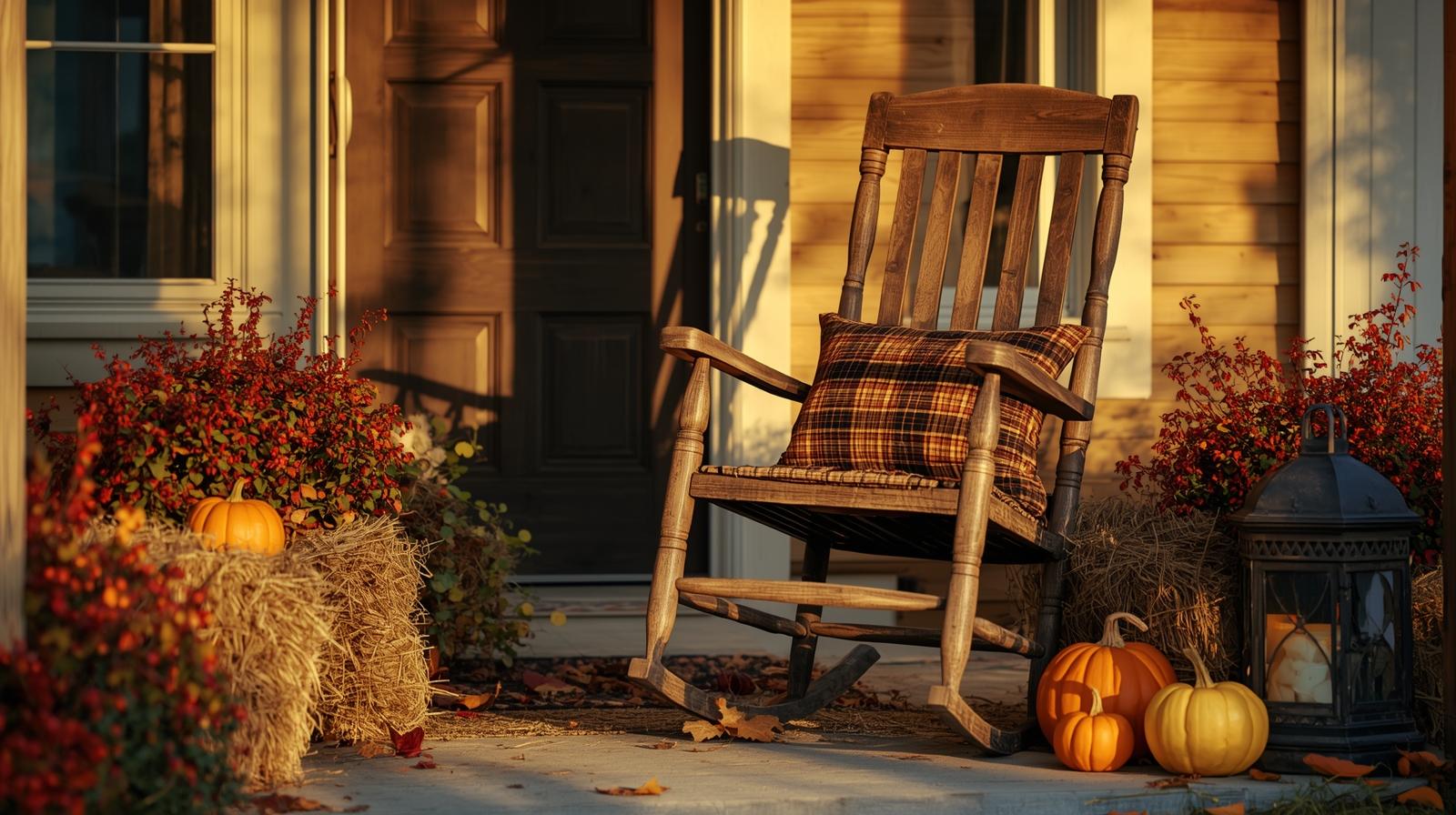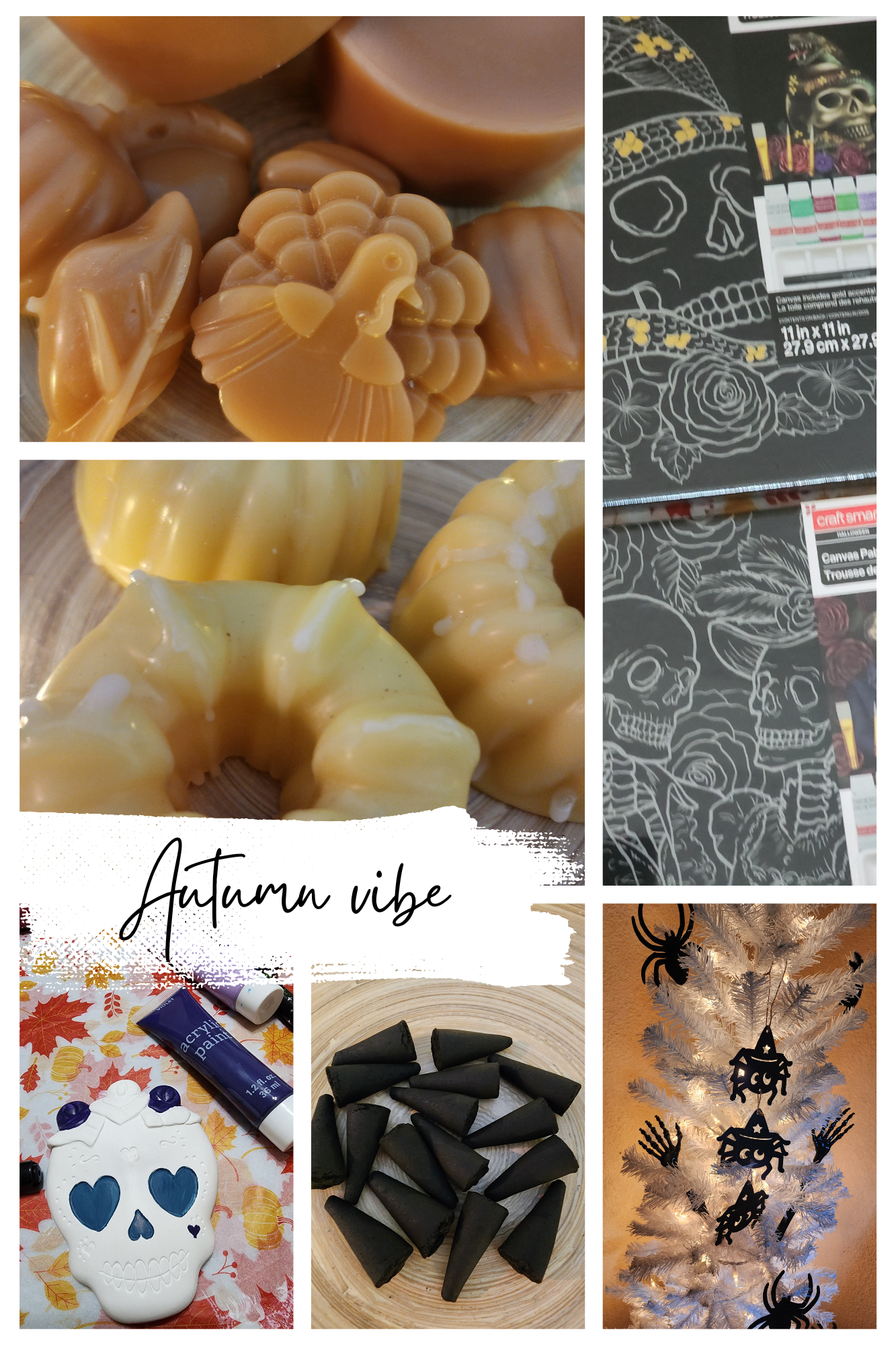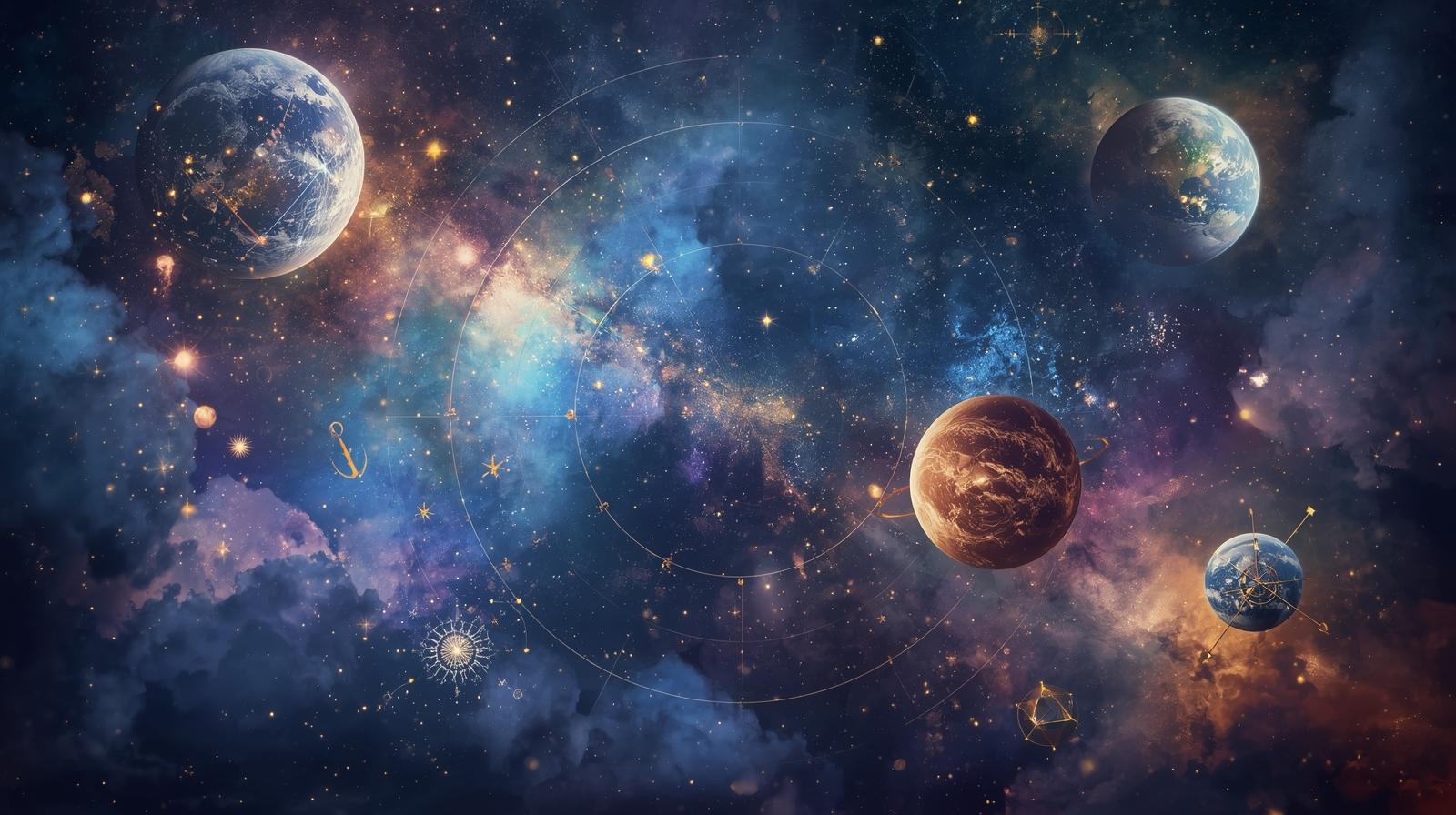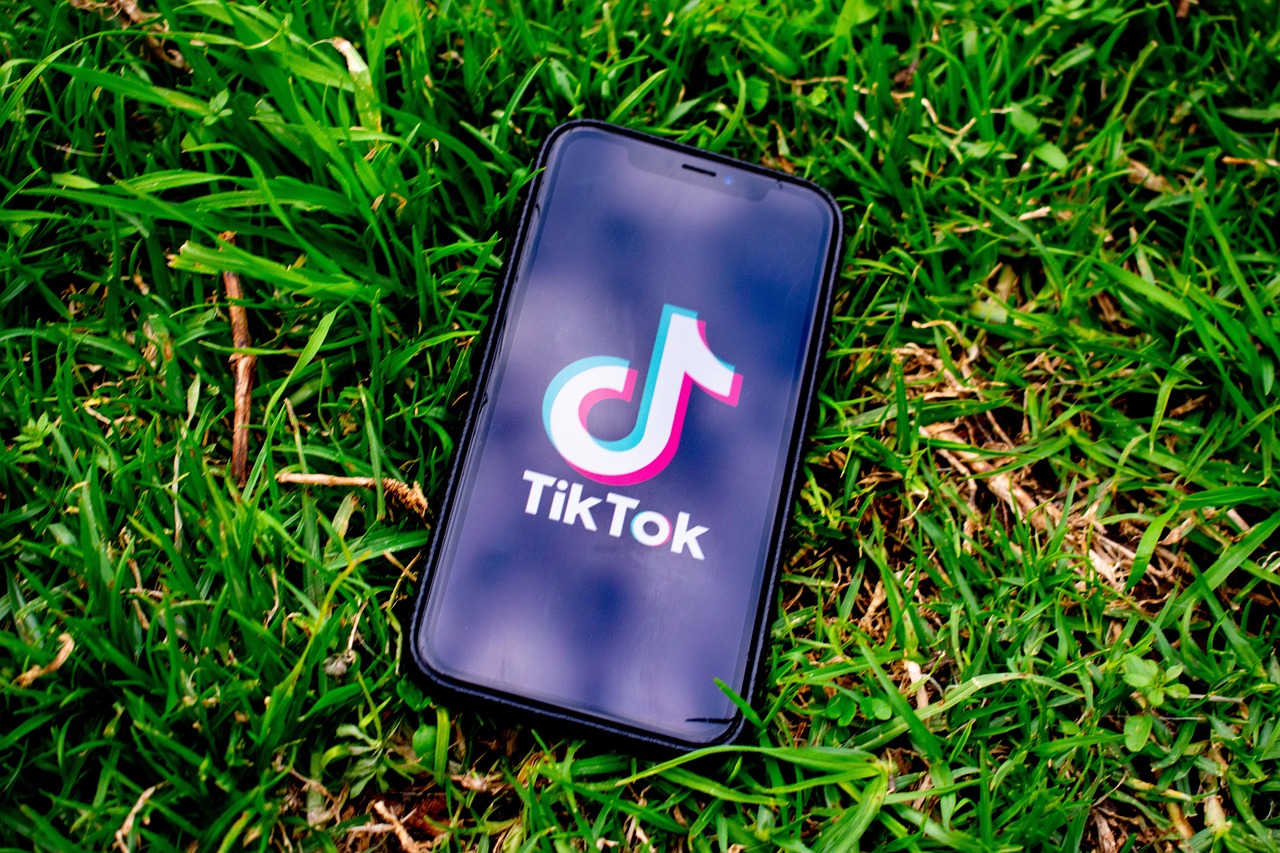
As the weather cools and the last of the autumn leaves fall, it’s natural to start thinking about holiday decorations. For some people, that transition starts as soon as Halloween is over, while others—like me—prefer to soak up every last bit of fall. Personally, I don’t start my holiday decorating until Thanksgiving night, because I adore all my pumpkins, scarecrows, and turkeys. But here’s the thing: you should decorate whenever it feels right for you. Enjoy the holidays your way.
Step 1: Start with a Clean Slate
Before you begin pulling out the garlands and ornaments, take a little time to clear away fall clutter. Dust off surfaces, pack up your pumpkins, and give your home a light refresh. This helps you see your space with new eyes and makes decorating less overwhelming.
Step 2: Choose a Transition Theme
If you’re not ready to say goodbye to fall just yet, try blending both seasons together. Think cozy plaid blankets mixed with twinkling lights or neutral holiday tones paired with your favorite rustic décor. Using textures like burlap, pinecones, and evergreen branches helps create a warm, in-between look.
Step 3: Swap Out Scents and Textures
Changing the way your home feels and smells can make a big impact. Switch from pumpkin spice and cinnamon scents to wintery aromas like cedar, peppermint, or vanilla. Add a few faux fur throws or knitted pillows to bring in that cozy holiday vibe without going full Christmas right away.
Step 4: Layer in Holiday Touches Slowly
If you like to ease into the holidays, start small. Add candles, wreaths, or a few twinkling lights to your existing décor. Gradually replace fall elements with more festive ones as you go—maybe swap your fall wreath for one with pine and berries, or trade out your orange candles for silver and red.
Step 5: Make It Personal
There’s no rulebook when it comes to decorating for the holidays. Maybe you love bold Christmas reds, or maybe you prefer a soft, snowy winter palette. You might even leave a few pumpkins out alongside your nutcrackers—and that’s perfectly fine! The best décor reflects you, your family, and your traditions.
Step 6: Enjoy the Process
Whether you decorate early in November or wait until Thanksgiving night like I do, remember that the holidays are about joy and togetherness. Don’t stress about perfection—just create a space that makes you happy every time you walk through the door.
